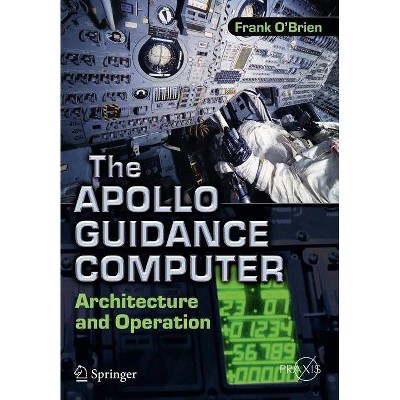Sponsored

Space Rescue - by Shayler David (Paperback)
In Stock
Sponsored
About this item
Highlights
- David Shayler reveals how a crew is trained for almost all emergency eventualities on a mission into Earth orbit, to the moon during the 1960 and 1960s and the prospects of space rescue for future manned spaceflight programmes, and how hardware and systems can support and assist this - given time, opportunity and good fortune.
- Author(s): Shayler David
- 356 Pages
- Technology, Aeronautics & Astronautics
Description
About the Book
Along with a review of the development of crew survival and escape methods from the earliest designs to today's discussions of systems aboard the ISS, the author examines the wilderness training programs and abort simulations used to help prepare the crews.
Book Synopsis
David Shayler reveals how a crew is trained for almost all emergency eventualities on a mission into Earth orbit, to the moon during the 1960 and 1960s and the prospects of space rescue for future manned spaceflight programmes, and how hardware and systems can support and assist this - given time, opportunity and good fortune.
Review Quotes
From the reviews:
"This carefully researched and written book develops a unique presentation of international space activity from a safety perspective. Shayler, an aeronautical historian, has made an immense effort in providing details on such topics as space rescue ... . The attractive cover provides clear support for the title, and the figures and pictures create understandable views for related discussions. This book should be available in public libraries and offered as a resource for graduate space courses. Summing Up: Recommended. Upper-division undergraduates through professionals; general readers." (E. H. Dammier, Choice, Vol. 46 (11), July, 2009)
Shipping details
Return details
Trending Computers & Technology Books











